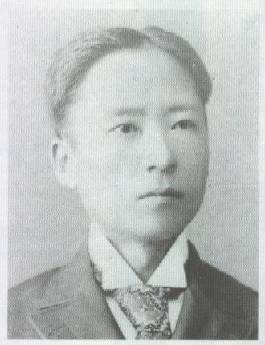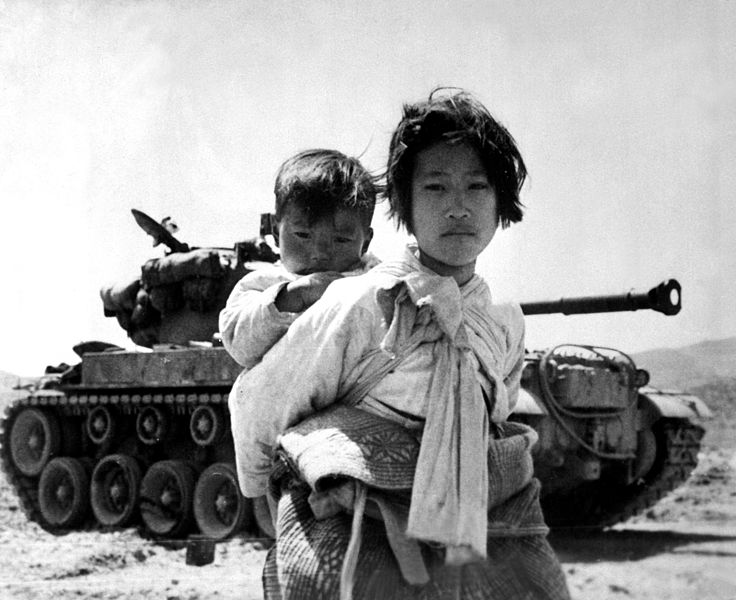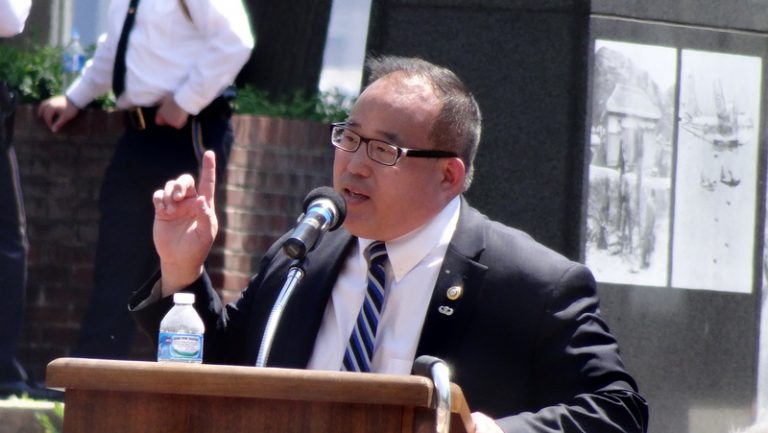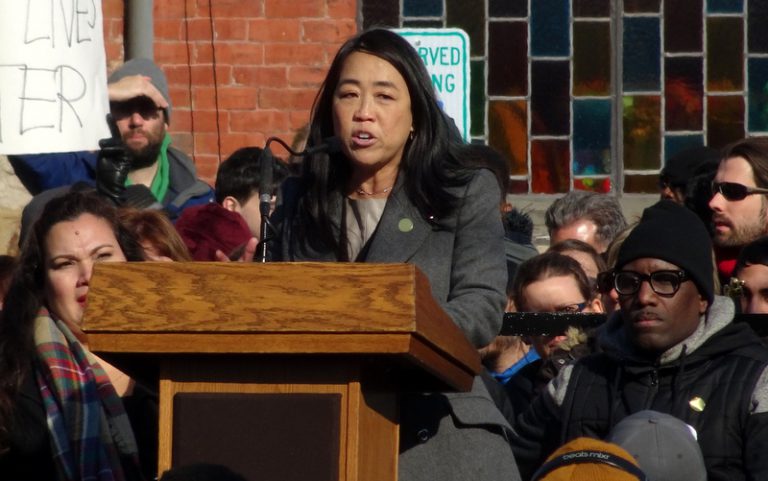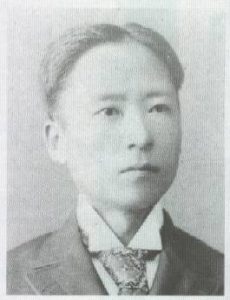Koreans and Korea
By Judith Goode
Essay
Although a few Koreans came to Greater Philadelphia in the early twentieth century to study in universities, Koreans became one of the top ten new immigrant groups in the region by 1970. The new U.S.-Korea relationship formed during the Korean War led to increased exchanges between the two countries, and the 1965 Immigration and Naturalization Act served to boost and diversify immigration to the Philadelphia area. While that flow failed to match the influx of other immigrant groups by the early twenty-first century, increased importing of goods from Korea and technology start-up collaborations between area businesses and universities with South Korea further deepened ties. Many Korean Americans lived transnational lives, traveling back and forth between Philadelphia and South Korea for school, work, and reconnections to Korean culture and language.
Korea as a nation is known through archaeology and early dynastic history dating back to the Joseon dynasty (fifteenth century). In the nineteenth century, incursions by European imperial nations were repelled, but Japanese imperialism ultimately led to colonial control beginning in 1910 until the end of World War II, as agricultural labor and forced industrial labor migration to Japan were needed to replace Japanese conscripted to fight.
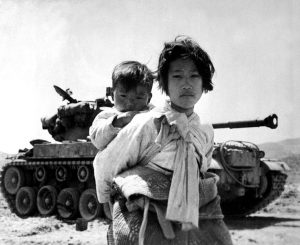
The Korean War, a civil war that served simultaneously as a Cold War proxy conflict between the U.S. and the Soviet Union from 1950 to 1953, forged connections with Philadelphia as the region’s military bases trained soldiers for combat, local men and women served and lost their lives, and shipyards increased employment. In Korea after the war, the nation divided into North and South, and the United States and South Korean relationship strengthened. As the new nation invested heavily in education to accelerate the shift from agriculture to modern industry, it supported educational innovation at home and encouraged its citizens to pursue higher education in the United States.
After the 1965 immigration reform, which abolished a nationality quota system that had been in place since the 1920s, a new wave of young families who had been educated in Korean universities in fields such as accounting and engineering, but who had not found professional or managerial jobs in their own country during a period of slow growth, migrated to Philadelphia. They arrived with plenty of “cultural capital,” skills and knowledge acquired through education, but they sought better educations for their children and thought they would fare better in the United States as risk-taking entrepreneurs. Many came with the intent of investing in retailing, with some working capital and with knowledge of Korean business brokers who could help locate available stores, financing, and experts in particular commodities. Models for business plans and store designs were often borrowed from Korean communities in larger cities such as Los Angeles and New York.
Early Commerce
In Philadelphia, the earliest wave of merchants entered commercial activities such as small-scale retailing and wholesaling in many of the city’s poorest neighborhood shopping strips, which had emptied out as part of two decades of deindustrialization and suburbanization. Koreans’ experiences in commercial strips in low-income neighborhoods, many predominantly African American or Latino, led to some innovative accommodations. In the 1970s, organized protests and boycotts by community groups in North Philadelphia succeeded in prompting some Koreans to hire Black and Latino workers as intermediaries between owners and their customers. By the 1990s, an informal group of Korean and African American clergy were holding occasional services to bring congregations together across racial lines. At the same time, business groups and clergy sponsored intergroup summer camps and basketball programs.
In another case, clashes between whites and Koreans in the formerly white, diversifying Olney neighborhood in upper North Philadelphia in 1985 revealed how Koreans saw themselves as victims of white racism with more in common with other racial minorities. In an attempt to set up a Koreatown following the Los Angeles model, Korean merchants erected Korean language street signs on the Olney Fifth Street strip. They envisioned developing a wholesale area to serve Korean retailers from the mid-Atlantic (including Pittsburgh, Maryland, and Delaware), as well as serving as a center of consumption for university-based Koreans. They viewed the signs as necessary for out-of-town merchants and Korean tourists. Established white residents perceived this as a way of excluding them from their strip and ripped down the signs. The incident was ultimately resolved by collaborative civic action and led to more cooperation between Korean owners and the white members of Olney’s business association. Notably, the first English public announcement of the Koreatown project appeared in the Daily Pennsylvanian, the University of Pennsylvania student newspaper, revealing the close but informal relationship between the Korean neighborhood-based merchants and the university-based community.
Rapid economic growth in Korea in the 1980s created an increase in socioeconomic diversity among Korean Americans and in the economic ties between Korean Americans and Korea. For the first two decades of immigration (1965 to the mid-1980s), Korean immigrants were limited in the amount of capital they could take out of Korea. The state wanted immigrants to boost the home economy through remittances, sending money back to Korea, rather than removing working capital from the homeland.
By the late 1980s, a rising economy, boosted through large-scale capital conglomerates producing automobiles and high technology appliances and electronics, had made South Korea an Asian “Tiger,” placing it in the top tier G-20 (group of twenty) nations. Now valuing trade and overseas investment, the country loosened the restrictions on capital that immigrants could take abroad. The resulting influx of wealthy Koreans to the Philadelphia area put pioneer settlers in a bind as they found themselves competing with newcomers with unlimited funds who were buying larger-scale enterprises, multiple stores, mini-chains and small malls. Wealthier immigrants also located businesses in wealthier, often suburban communities.
Targets of Recruitment
Recognizing Korea’s status as a successful industrial nation, Philadelphia area institutions, most notably universities and hospitals, made a point of recruiting Koreans. As the number of students from Korea grew substantially, the second-generation United States-born Korean Americans also increased their presence in the large number of colleges and universities in the metropolitan area. At the same time, many less-educated and unskilled kin from rural agricultural backgrounds were also moving to the United States under the family reunification elements of the 1965 immigration reform. Grandparents came to provide family child care while others worked in unskilled jobs in kin-owned enterprises and in underground (informal, unregistered, untaxed) sewing factories.
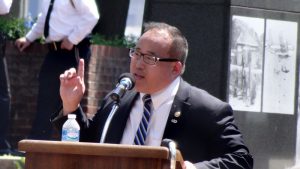
A decade after the initial Korean boom economy, a recession in 1997 produced a shift in the perceived economic relationship between immigrants to the United States and their homeland. In the Philadelphia community this temporary crisis put foreign student tuition money at risk and reduced the Korean tourist trade. To help meet the crisis, Philadelphia Koreans sent large remittances home, but many local businesses, which often used loans from the local branch of the Seoul Bank, were devastated when the branch closed during the crisis. Ultimately, the crisis resolved when Korean received a loan from the International Monetary Fund (IMF).
In 1980, Korean-born residents were the seventh-largest national origin group among foreign-born people in the Philadelphia metropolitan region. By 1990, they ranked fourth and in 2000, they were second. While the earliest Korean businesses concentrated within the city, many Korean households and churches could be found in suburban locations as was common for immigrants to Greater Philadelphia who arrived after 1965. Many of the strips in which Koreans invested were near the city borders. This meant that owners who worked in the city had short commuting times to the better housing areas of inner ring suburbs. Over time, the number of Korean residents in the city declined steeply while the numbers in the suburbs increased.
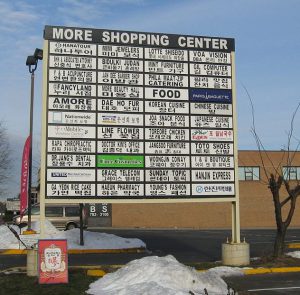
Pioneer merchants invested early in the declining Broad Street shopping strip in Logan. When this did not succeed, they turned their attention to the nearby North Fifth Street strip in Olney, where the conflict over language signs took place. With many storeowners living across the city line in Cheltenham, the Olney/Cheltenham area became a hub of Korean churches, commerce, and organizations. Similarly, Korean investors in West Philadelphia along Market Street between Fifty-Second Street and the city line lived in Upper Darby, where they soon developed more enterprises. A third large cluster of Korean residents settled in Cherry Hill/Marlton. Over time, Koreans became more residentially dispersed, extending farther outward into northern Montgomery County along the Route 309 corridor (especially near large church congregations in Blue Bell, Horsham, and Lansdale) and farther west into Delaware County. For this dispersed group, Korean churches replaced residential proximity in linking community members.
Olney/Cheltenham Core
However, the core of established community institutions remained in the Olney/Cheltenham area, especially just north of Cheltenham Avenue, specifically near Broad Street and Old York Road. Here clustered the largest number of Korean churches in the region as well as a concentration of shopping malls, stores, and service areas serving Korean clientele, from travel agents to beauty salons. Also found in the area were many Korean-based financial institutions and a large food market (H-Mart) as well as specialty shops and restaurants, many with branches in Upper Darby and Cherry Hill. Both the local daily Korean language newspaper and radio station located in Cheltenham. For aging immigrants, high-rise senior housing could be found in the city in North and West Philadelphia, close to shopping areas.
Major social service and civil society institutions remained in Olney, notably the umbrella Korean American Association of Greater Philadelphia (KAAGP), which dated from 1970, and the Jaisohn Memorial Foundation (a health and social service provider named after a national hero who lived in Philadelphia in the early twentieth century), founded in 1975 by local Korean physicians.
Church life was very important for most Koreans. In addition to their central spiritual role, they served socially as a means of linking the diverse segments of the community together: small and large-scale business people to each other as well as to established members of the academic and professional communities. Most importantly, they bridged the generational divides. They were places of contact for word-of-mouth referrals and meeting places for potential marriage partners. Culturally, they provided training in Korean heritage and language. They also connected Korean Americans to homeland issues such as the reunification of the north and south. In the early 1970s, one large church in West Philadelphia, Emmanuel Korean Presbyterian Church, and one between Olney and Cheltenham, the Korean United Church, served the residents of West Philadelphia/Upper Darby and Olney/Cheltenham, respectively. By the 1990s there were more than one hundred dispersed Christian churches near Korean residential spaces. The Council of Korean Churches formed in 1981 to connect clergy and represent common interests. Reflecting Christian missionary activity in Korea, most churches in the United States, where between 70 and 90 percent of the Korean population was Christian, followed mainline Protestant doctrine as Presbyterians, Methodists, and Baptists. Some Koreans who arrived as Won Buddhists converted to Christianity because of the lack of permanent temples before the Won Buddhist Center opened in Cheltenham in 1995.
Over the first two decades of concentrated Korean settlement, channels of communication with city and suburban governments remained informal. In Philadelphia, a complex bureaucracy proved particularly problematic. In the early 1980s, the Korean American Friendship Association in Olney organized and sponsored shared meals and celebrations as channels of communication with area merchants and city councilmen. Often Korean academics and professionals involved in the Jaisohn Foundation in Olney also served as political brokers.
Election Successes

Koreans achieved formal representation finally in 2011, when David Oh (b. 1960), a lawyer, was elected city councilman at-large in Philadelphia and became the first elected Korean official in the city. Re-elected in 2015, Oh had strong relationships in council and across parties. He was actively involved in extending trade between Korea and the Port of Philadelphia and served as chair of city council’s Global Opportunities Committee He also served in either an honorary or active governing role in most Korean civil society organizations. A second Korean American city council member, Helen Gym (b.1968), was elected in 2015. She grew up on the West Coast, attended the University of Pennsylvania, and entered politics as an activist teacher and leader of two parent organizations promoting public education in the city. Each of these council members exemplified different segments of the community: those who grew up in the early years of community formation and those who arrived more recently for academic opportunity and stayed after graduation.
During the 1990s, the Korean American community in Philadelphia became more visible through efforts of regional cultural institutions. In 1990-91, the Balch Institute of Ethnic Studies mounted an exhibit of the Korean experience in Philadelphia. In 1997, the Korean Heritage Group, comprised of members from the Korean community, formed at the Philadelphia Museum of Art and engaged in education and in collecting Korean arts, especially ceramics. The Korean heritage group also planned events to celebrate the achievements of David Kim (b. 1963), the young Korean American concertmaster of the Philadelphia Orchestra.
Many of the second and third generation children of the earlier waves of academic, professional, and small business immigrants became heavily engaged in higher education, professional practice, or in the growing financial, Information, and communication technology fields in the twenty-first century. Of these, many maintained transnational connections, spending time during their academic or working years in Korea. As one example, the Philadelphia Society of Young South Koreans collaborated to generate high technology startups intended to operate between Korea and Greater Philadelphia.
The relationship between the Port of Philadelphia and Korean manufacturers became the most important economic link between the Philadelphia region and Korea. In 2007, the United States and Korea signed a trade agreement, and the city of Philadelphia and the state of Pennsylvania began negotiating with Hyundai and Kia for increased automobile imports. Philadelphia’s port had been in steep decline since the 1980s, but the facility improved in the 1990s after dredging of the Delaware River and the purchase of new loading equipment. In 2010, after ten years without any auto imports, 70,000 Korean automobiles were delivered, and from 2011 to 2016, Korean car shipments grew every year but one to reach 150,000. Korea shipments of autos and other commodities became the largest in volume for the port. David Oh was part of the Korean trade mission negotiations with automobile manufacturers alongside the Philadelphia mayor and Pennsylvania governor.
Formed from different immigration waves of students, professionals, and entrepreneurs, the modern Korean community occupied many different social locations in Philadelphia. Some strongly related to their homeland and to Korean nationals, while others mainly interacted with Korean Americans in Greater Philadelphia. Still others worked or lived in localities that brought them into relationships with the region’s diverse racial and ethnic groups—other Asian Americans, African Americans, and Latinos. Many of their experiences circulated through collective structures such as churches, university-based organizations, and associations of entrepreneurs. In this way, Korean Americans connected with each other and contributed to transatlantic projects like port development to benefit people in Greater Philadelphia as well as in Korea.
Judith Goode is Professor Emerita of Anthropology and Urban Studies at Temple University. Since 1970, she has been doing ethnographic research exploring immigration, class, and ethnic relations in neighborhoods within Greater Philadelphia. She has served on the boards of several community-based organizations and she has contributed to public anthropology through op-ed pages and radio and TV interviews. (Author information current at time of publication.)
Copyright 2017, Rutgers University
Gallery
Backgrounders
Connecting Headlines with History
- Why South Korea brought Philly’s police tech team to Seoul (WHYY, February 1, 2014)
- New Jersey town with 58 percent residents of Korean heritage hires interpreter (WHYY, August 25, 2016)
- Philadelphia Councilman David Oh's pitches city's appeal during South Korea trip (WHYY, September 22, 2016)
- Philly celebrates contributions of Korean-Americans (WHYY, January 13, 2017)
